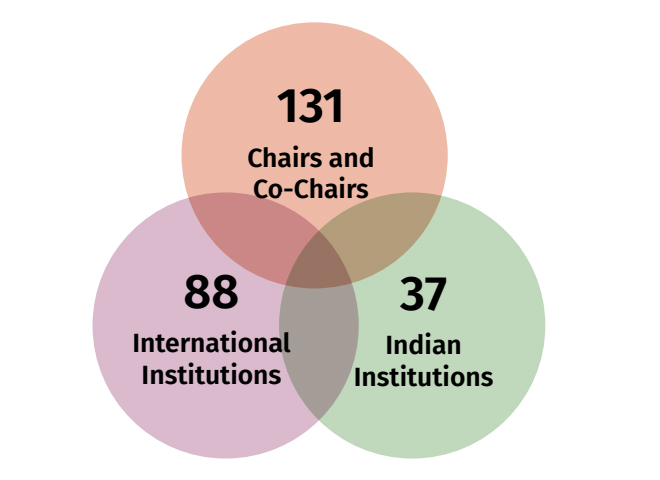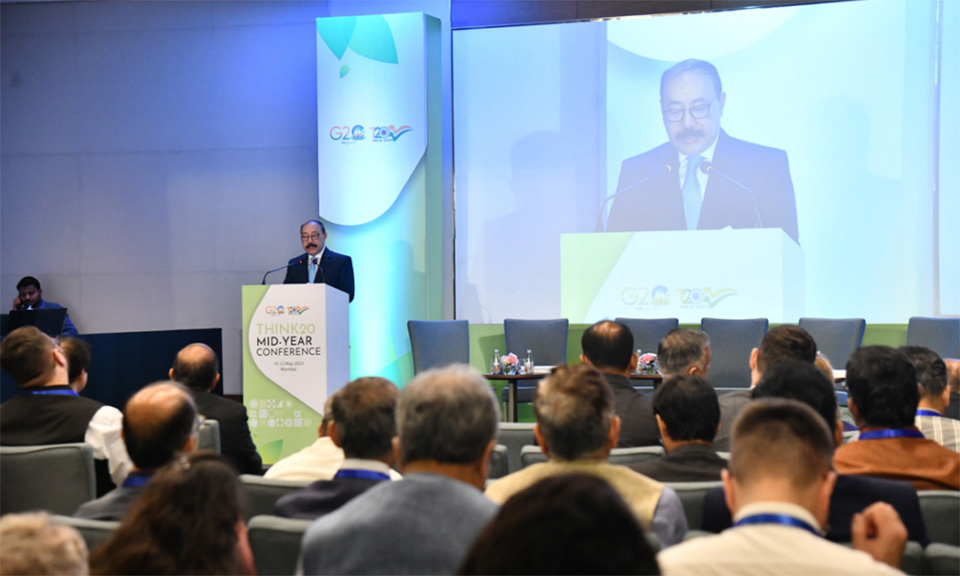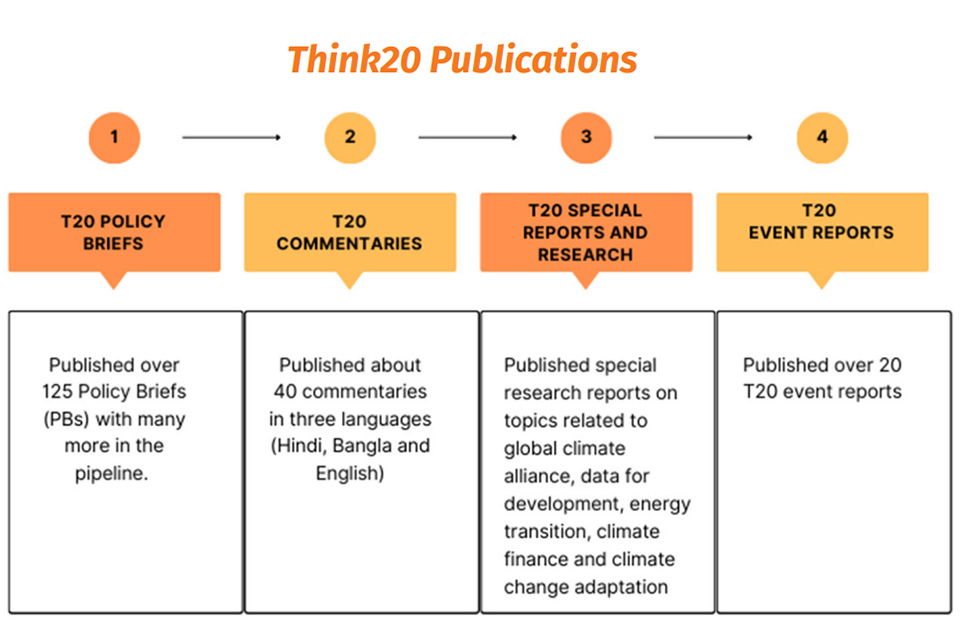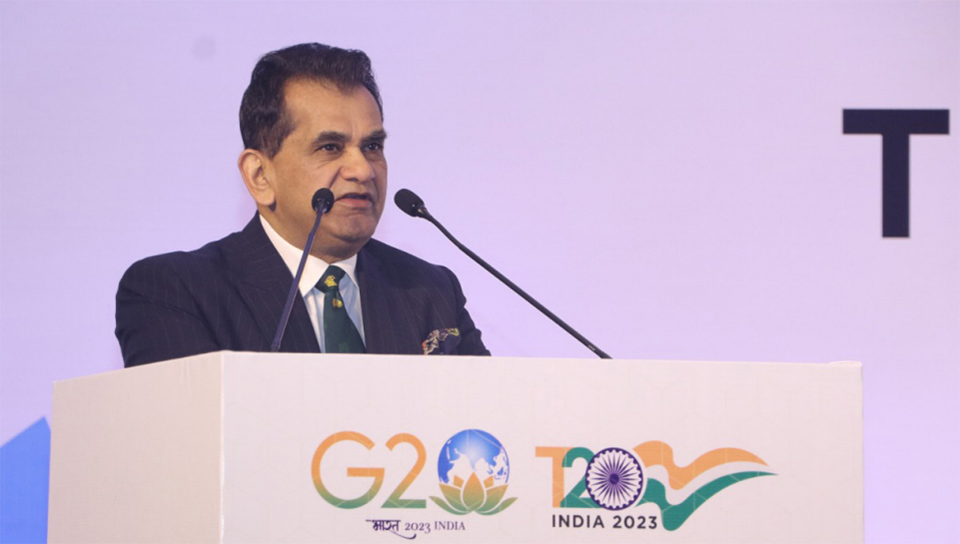New approaches should reduce the cost of capital, bridge the technology divide and develop new pathways to cooperation.
Climate change is the most salient example of a challenge that demands global cooperation to solve. Yet, this necessity has so far failed to translate into a cooperative mechanism that can withstand geopolitical shocks, partly because trust in the current approach is eroding.
The challenge: global frameworks haven’t kept emissions from rising
In 2023, the world breached the critical 1.5°C average temperature rise barrier for the first time. It is now visibly evident that the impacts of human activity on the climate are no longer a thing of the future. Climate-induced natural hazards are now among the foremost threats to lives and livelihoods, as witnessed by the devastating floods in Libya, East Africa, Italy, Yemen and Pakistan in 2023 alone. The Global South is particularly vulnerable, with some estimates suggesting that the gap in economic output between the world’s richest and poorest countries could be as high as 25 per cent compared to a world without climate change. The future looks even bleaker, with predictions from the Intergovernmental Panel on Climate Change (IPCC) suggesting that if current emission pathways are maintained, average temperatures could rise 3.2°C by 2100.
Yet the global climate governance framework has failed to deliver. Despite various landmark agreements in Rio (1992), Kyoto (1997) and finally Paris (2015), emissions have continued to rise. Trust has broken down between developed and developing countries, given that the former have not only refused to make binding commitments on emission reduction, but have also failed to deliver on whatever meagre promises they did make – for example, to provide $100 billion annually to the developing world by 2020.
However, the fact is such tussles distract from the real scale of the problem. The final text at COP27 noted that between $4 and $6 trillion needed to be invested annually in renewables and decarbonisation solutions if the world was to stay on track to its Paris commitments. Even less ambitious targets, such as the 2022 Report of the High-Level Expert Group on Climate Finance, noted that annual investments would have to be between $2 and $3 trillion annually, with at least $1 trillion of that being foreign private investment. Instead of identifying solutions to raise and target flows of this scale, global governance has lost its way fighting over small, insignificant change.
The $100 billion figure has been left behind by events. It is now necessary to think in trillions. For that to happen, the debate needs to be reframed away from questions of guilt and compensation and towards obligation and opportunity. Fortunately, restructuring climate investment as an opportunity is entirely possible given that the technologies to combat climate change are becoming increasingly cost-effective: The IPCC estimates that the global average cost of renewable energy has dropped by up to 85 per cent since 2010. As a consequence, over 80 per cent of climate projects in the developed world are financed by the private sector, which sees a clear business case for green investment in those geographies.
However, investment in the Global North alone will not address a global problem. Only around 25 per cent of global climate finance currently flows to the Global South, although the developing world is where vast new investments in infrastructure and energy access are actually needed. The prohibitive cost of capital in the emerging world means that, in contrast to the developed world, only 14 per cent of green investment originates from private savings.
A new approach for rethinking climate governance
The differentials in the cost of capital between the Global North and South are prohibitive and the largest constraint on private investment flowing into climate action where it is most needed.
There is now a need to rethink global climate governance. The fundamental imbalance is this: While the developed world has been the key contributor to historical emissions, future emissions will be concentrated in the developing world. For instance, the International Energy Agency (IEA) estimates one-quarter of global energy demand growth between 2019 and 2040 might come from India alone. This energy growth is natural if crippling energy poverty in countries like India is to be addressed. The advantage for policymakers is that much of the energy infrastructure in these countries is yet to be built, and there is an opportunity for new, greener development that does not mimic carbon-intensive pathways adopted by the developed world. Development is energy-intensive, but it does not have to be carbon-emitting.
It is necessary to not just increase the amount of private capital deployed in the Global South, but also to ensure the scope of such investment is widened to include adaptation. Scaling up private investment into renewable energy, particularly grid-scale solar power, is easy to at least imagine. Yet other use cases for climate capital are no less important and need to be financialised. Traditional water conservation methods, regenerative agriculture, drought-resistant practices and seeds, low-cost community infrastructure like bunds to protect against sea level rise and salination – all these can no longer be financed out of public finances alone and must be seen as priority targets for private capital. Finally, the technology needed to scale up green energy solutions also remains concentrated in the developed world and China, requiring the Global South to often pay a heavy premium for using these technologies. Resolving these inequities and addressing the geopolitics around those imbalances will be imperative for achieving the Paris targets and necessitate a radical re-imaging of global cooperation around climate action.
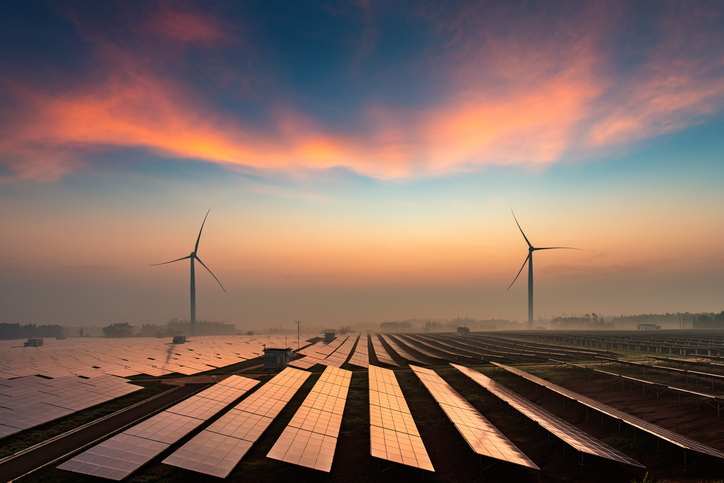
Fortunately, climate action aligns well with the national development strategies of much of the emerging world. The Indian G20 Presidency highlighted the need to place green development at the heart of the climate action agenda. For the global energy transition to be successful, the right conditions need to be created for the Global South to use this transition as a means to eliminate energy poverty, create new economic opportunities and resolve existing gender and health inequalities. The outcome from COP28 in Dubai has kindled renewed hope for multilateral climate cooperation. For the first time there is a clear consensus on the need to transition away from all forms of fossil fuels. The operationalisation of the loss and damage fund and the decision on the global adaptation goal also sends a strong message that adapting to the impacts of climate change is now just as important as mitigation. Yet, the decisions from COP28 fall short of outlining a clear pathway for providing the means of implementation necessary for effective climate action in the Global South. Going forward, ambition must be combined with equity if the United Arab Emirates consensus is to be implemented.
The following are proposals to reimagine global climate governance:
Reduce the cost of capital: The global financial architecture needs urgent reform and re-targeting. Much climate investment requires capital upfront, with savings paying out over long tenures, sometimes in decades. The differentials in the cost of capital between the Global North and South are prohibitive and the largest constraint on private investment flowing into climate action where it is most needed. Ending this problem will need a vast expansion of guarantees and Multilateral Investment Guarantee Agency (MIGA)-like schemes.
Traditional reasons for this spread in capital costs are related to the political risks of investing in developing countries. Sovereign risk is, of course, real, but it is also often exaggerated. Certainly, reducing the spread of sovereign risk is a vital task for international financial reform. Climate risk is the greatest threat to the stability of the international financial system. Sovereign risk cannot be allowed to outweigh climate risk.
Bold new initiatives are needed to address the question of sovereign risk delaying climate action. For example, it may be necessary to produce internationally administered pools of capital that directly discount the cost of capital for projects and platforms related to climate action.
India’s experience with digital public infrastructure has shown that there are other possible approaches. The creation of global public goods need not be cost-intensive. A global pipeline of 10,000 climate projects, each with a clear timeline, risk-reward payoff, and carbon scoring – which together might mitigate a significant proportion of future emissions – would represent such a global public good. A green infrastructure database on such a scale would allow for the much faster and more transparent mobility of green capital.
Thus, the mandate and lending patterns of multilateral development banks (MDBs) must be changed if they are to tackle the climate change. These entities can be instrumental in channelling greater financial flows to the Global South by taking on some of the risks that prevent private capital flows to these geographies. While the key areas for reform have been identified by several independent committees, there is a need for clear, time-bound action. An independent committee under the Indian G20 Presidency has put forward a roadmap for MDB reform, aiming to make the provision of global public goods a pivotal mandate alongside existing priorities. This roadmap must be made more ambitious, along the lines suggested above.
Bridge the technology divide: The lesson of the pandemic for the developing world was that even lifesaving technology in a health emergency may not flow quickly enough between the Global North and the Global South. It is natural, therefore, to ask how technological diffusion will work in the climate space.
The global understanding of intellectual property in the health sector is that patent protection is vital for innovation but also that, on occasion, governments may have the duty to override protections in the face of emergencies. The right to issue compulsory licences is rarely invoked but is a vital part of the international property rights landscape. A similar mechanism needs to be deliberated on for climate tech. The presence of the possibility of compulsory licenses also ensures that many companies have the incentive to be good global citizens and provide voluntary licences that spread access to lifesaving technology while preserving a satisfactory share of their profits. Regulators and global institutions need to be able to create a parallel set of incentives for climate tech.
Fortunately, emerging economies are also seeing the emergence of a home-grown cleantech ecosystem driven by start-ups looking to disrupt traditional energy systems. This innovative sector might solve the problem of scaling up climate tech, but home-grown innovation continues to suffer from a lack of available public funds to incentivise research, reduced access to cutting-edge tech and a shortage of early-stage risk capital to bring certain technologies to commercial scale. Creating the right mechanisms to connect available risk capital in the Global North to cleantech ecosystems in the emerging world will be essential to bridging this innovation gap. Voluntary licensing can play a role in this mechanism as well.
Repositioning the start-up sector in the emerging world towards climate goals is a matter of allowing for potential rewards through the creation of risk funds. A simple $100 billion climate tech fund that would disburse money to 120-odd companies in the Global South, including start-ups with clear roadmaps for scaling up climate tech, would greatly multiply the mitigation effect per dollar of its money.
Spotlight the climate-health-gender nexus: The climate conversation needs to be made personal, especially for the vast populations of the Global South. Women, for example, are most affected by climate change and serve on the frontlines of adaptation. They should lead the effort to counter it. Female leadership in the climate field is both practical and essential. Creating women-led projects investing in female leadership will allow for the conversation about climate to move from an elite 30,000-foot discussion to one related to the real requirements and concerns of households.
Women are also the most likely to bear the health impacts of climate-related hazards.
For countries across the world, public health systems will have to adapt and shift scale in response to new climate-related risks. Putting health at the centre of the climate conversation will also allow for a further personalisation of climate policy. It will create new reasons for and loci of climate action.
Multilateral forums such as the United Nations Framework Convention on Climate Change (UNFCCC) and the G20 must better acknowledge and differentiate impacts of climate change on health outcomes across genders and craft women-led initiatives to mobilise societal support for political action. It is essential to establish appropriate mechanisms that include and build capacities of this key population segment to shape global and national action on climate.
Build new pathways for cooperation: While traditional multilateral mechanisms – such as the UNFCCC and other organs of global climate governance – may have fallen short at times, there is nevertheless an opportunity for global action that transcends geopolitical divides. India’s approach to its G20 presidency prioritised consensus in contested times. Even at the height of geopolitical polarisation, every major country is nevertheless moving, for its own reasons and out of a sense of responsibility, to take national action on mitigation and adaptation. In other words, climate action is the location of “inadvertent cooperation” between great powers and the driver of greater regional dialogue as well.
It can and should be viewed as a mechanism for restoring global stability and trust in multilateralism – if, that is, parties live up to their own commitments. This inadvertent cooperation should be captured and energised through new partnerships, institutions and dialogues. Countries with the coincidence of capabilities and concerns can collaborate in smaller groupings for faster and more ambitious action. UN-led discussions may suffer from “zero-sum” approaches and offer outcomes with only minimal ambition. They offer a suitable location for the mutual blame game, but global climate action must proceed nevertheless and build on the national action and inadvertent cooperation that is already visible.
This co-authored article with Danny Quah was first published on the World Economic Forum (WEF) as part of its White Paper on ‘Shaping Cooperation in a Fragmenting World’.
